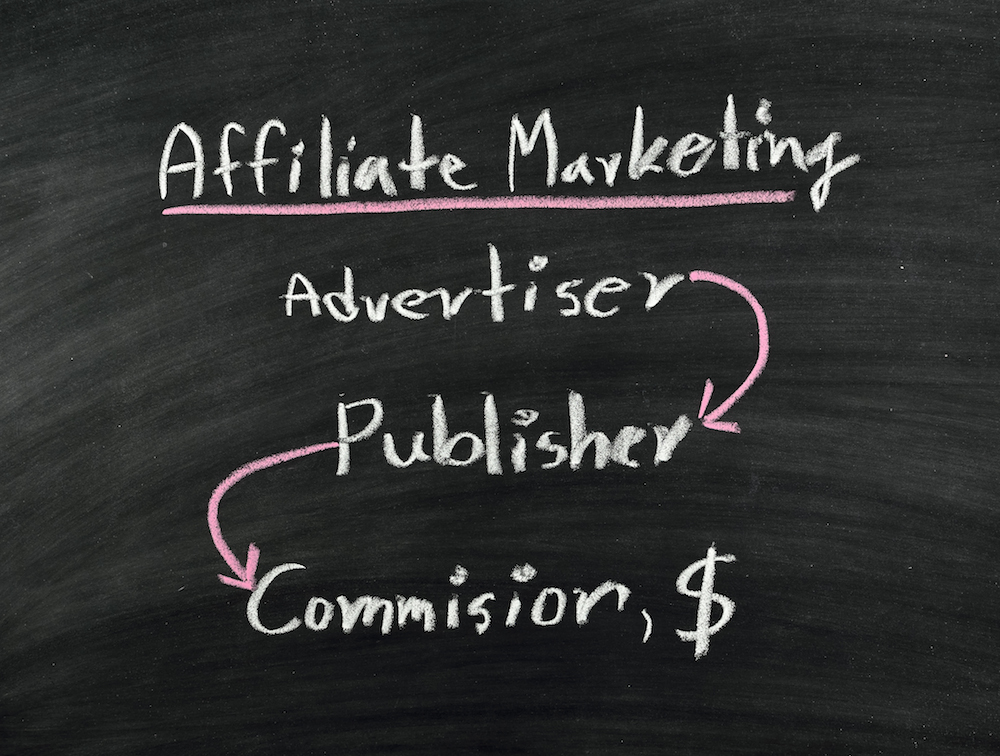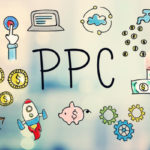Affiliate marketing can seem like a bit of a grey area. It’s not quite advertising, and it’s not quite marketing. It often has negative, spammy connotations associated with it.
So, we thought that we’d break it down into a two part series.
This week, we’ll cover off affiliate marketing essentials: what it is, where it came from, and what technology it uses. Then, next week, just in case you’re thinking about delving into the world of affiliate marketing yourself, we’ll run through our tips for affiliate marketing success.
What exactly is affiliate marketing?
For argument’s sake, imagine that your brother-in-law owns a restaurant (mine just happens to own a delicious Italian restaurant!). Now, imagine that you recommend your brother-in-law’s delicious restaurant to all of your friends. All of your friends visit the delicious restaurant because of your recommendation. Your brother-in-law then agrees pays you 10% of every bill from every person that you referred.
It might not seem like it but, essentially, that is affiliate marketing.
Affiliate marketing is a type of performance-based online advertising. Advertisers pay publishers (their affiliates) a commission for each customer or website visitor that lands on their site, as a result of marketing performed by that publisher.
A publisher can be anyone that owns a website. All a publisher needs to do is promote an advertiser’s product or service in exchange for a commission. Advertisers will usually lock down all the contractual details (such as commission rates) with a publisher, and then provide the publisher with what’s known in the bizz as creative – usually display, banner or text advertisements, or links, or even a unique phone number – that the publisher is then expected to incorporate into their own website.
In the affiliate marketing model, the advertiser only pays for results, rather than for audience size, or reach, or readership. This is where affiliate marketing differs from traditional advertising. In advertising, publishers do not receive a cut of lead or sales. Publishers get paid for printing the advertiser’s advertisement. That’s it. For instance, if you undertake private advertising on your website (effectively renting out space on your site), you might charge a flat fee of $500 per month for a banner ad on the homepage. Regardless of whether people click on the advertisement or not, your fee is unaffected.
In recent years, the affiliate marketing industry has expanded at a rapid rate. There is now an intermediary level of affiliate marketing players: affiliate management agencies and even super-affiliates. These agencies act as a go-between, liaising with advertisers and publishers to negotiate the best possible commission for everyone involved (while eking out a nice little profit percentage for themselves).
Affiliate marketing tends to overlap with some other online marketing methods, particularly given that affiliates regularly rely upon these methods to increase customer engagement. The most commonly utilised methods including organic search engine optimisation, display advertising, pay-per-click marketing and even content marketing.
Some affiliates have been known to use somewhat more underhanded, or less orthodox techniques, including publishing product and service review or unmarked advertorials espousing the benefits of their clients. It’s always a good idea to keep this in mind when browsing the web; don’t be too quick to take website content at face value every time.
The History of Affiliate Marketing
William J. Tobin, founder of PC Flowers & Gifts, first used online affiliate marketing on the Prodigy Network in 1989. Only four years later, in 1993, PC Flowers & Gifts was managing to generate sales of more than $6 million per annum through the Prodigy Network. In 1994, Tobin launched a beta version of PC Flowers & Gifts in association with IBM (who owned half of the Prodigy Network). By 1995, PC Flowers & Gifts had launched a commercial version of the website and had 2,600 affiliate marketing partners.
In 1996, Amazon launched their first affiliate program. Affiliates had the option of placing banner ads or links that redirected users either to the Amazon homepage, or to a specific book. When a book was purchased, the affiliate was paid a commission. While Amazon was not the first company to launch an affiliate program, it was their program that became the industry-standard, serving as a model for all future programs.
Cookies and Affiliate Marketing
(Tech Alert: we’re about to get a little bit computer-tech-geek on you, but stick with us. It will all be worth it in the long run.)
More often than not, affiliate marketing relies upon the magic of Cookies. And no, we don’t mean those of the choc-chip variety that keep Cookie Monster awake at night. We mean the type of cookie that works in conjunction with your web browser to store small data files on your computer. The purpose of a cookie is store a small amount of information about your user preferences, login details, shopping cart contents, and much, much more.
Don’t be alarmed. Big Brother isn’t watching you. Cookies are there to make your online experience more enjoyable. Chances are, you’ve used cookies without even knowing that’s what you were doing. For instance, have you ever opted for a website to remember your username or password? Yes? Well then, that’s the magic of cookies in action right there.
Cookies enable servers to return a page tailored to a specific visitor. Again, chances are you’ve experienced this very phenomenon without even realising it is happening. Ever partaken of some online shoe-shop browsing? And then (upon realising that pay-day isn’t for another week), given up and checked the wonderful world of Facebook, only to be greeted by the very shoes you were salivating over advertised in Facebook’s sidebar? Bam. Cookies in action.
So, when it comes to affiliate marketing, cookies play an important role. They remember what type of websites, down to products and content, which users prefer. They help tailor affiliate advertising that is more targeted to a specific user, and therefore more likely to be clicked on.
That all sounds fairly easy, doesn’t it? Set up a website, get some advertisers on board. Make sure their ads are getting clicked on. Done. Time to retire under a palm tree on some tropical island paradise. If it were that easy, everyone would be an affiliate marketing millionaire.
So, tune in next week when we run through our tips for affiliate marketing success. Keep in mind though: even with these tips, affiliate marketing is never a sure thing. Don’t quit your day job just yet!
Until then, I’m off to phone my brother-in-law…time to lock down a restaurant referral deal…!
Sources:
http://en.wikipedia.org/wiki/Affiliate_marketing
Sally Wood
Latest posts by Sally Wood (see all)
- 6 Free Marketing Plan Templates - July 22, 2018
- The Ultimate Guide to Instagram Advertising - June 23, 2018
- Q&A with Amy Cockerell, Marketing Coordinator at the TAC - October 6, 2016








